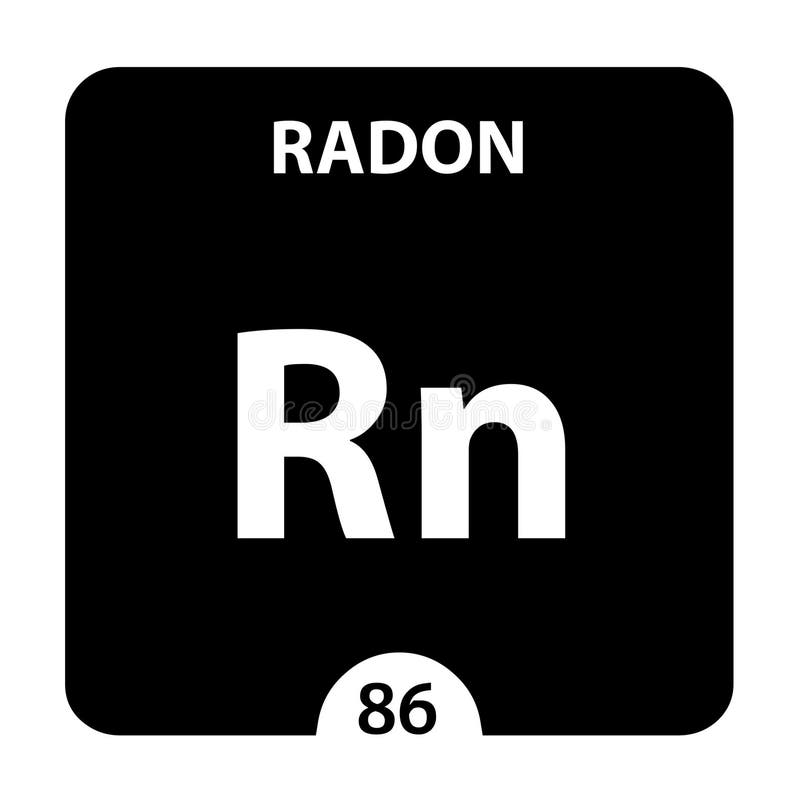Radon is a radioactive gas that forms naturally when uranium, thorium, or radium, which are radioactive metals break down in rocks, soil and groundwater. People can be exposed to radon primarily from breathing radon in air that comes through cracks and gaps in buildings and homes. Because radon comes naturally from the earth, people are always exposed to it.
Rn Element Atomic Number

Rn Atomic Mass And Number
Symbol: Rn; Atomic number: 86; Relative atomic mass (A r): 222 (longest lived isotope) Standard state: gas at 298 K (the heaviest known mononuclear gas at 298 K) Appearance: colourless; Classification: Non-metallic. Symbol: Rn Atomic Number: 86 Atomic Mass: (222.0) amu Melting Point:-71.0 °C (202.15 K, -95.8 °F) Boiling Point:-61.8 °C (211.35 K, -79.24 °F) Number of Protons/Electrons: 86 Number of Neutrons: 136 Classification: Noble Gas Crystal Structure: Cubic Density @.
112 operator - facilities download. See also:

- Radiation Protection Division: Radon - https://www.epa.gov/radiation/radionuclide-basics-radon
- EPA's Integrated Risk Information System profile on Radon 222 [CASRN 14859-67-7] is located at: https://cfpub.epa.gov/ncea/iris/iris_documents/documents/subst/0275_summary.pdf
- Radon Radon is a chemical element with symbol Rn and atomic number 86. Classified as a noble gas, Radon is a gas at room temperature.
- (A) (1) 226 Ra decays into Rn (atomic number 86) and alpha particle. Complete the 88 reaction written below. Be sure to show the atomic mass number and atomic number of each particle.
Read more about Radon at www.epa.gov/radon
